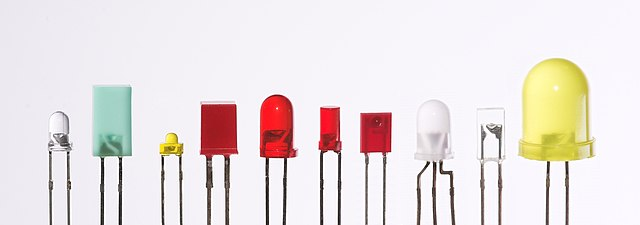💡 “How the LED Works” — A Tale of Tiny Jumps and Glowing Light
Ravi was staring at a tiny glowing bulb on his watch.
“Daadi,” he asked, “How does such a small thing shine so bright without getting hot?”
Daadi smiled. “Ah, that’s an LED — a tiny light that runs on smart science, not brute power. Let me tell you the story.”
⚙️ The LED's Secret: Electrons Doing a Light Show
Inside every LED lives a tiny stage made of a special material called a semiconductor. It’s a place where tiny particles — electrons — perform a jumpy dance.
When electricity flows through the LED, here’s what happens:
-
Electrons Get Energized
The electric current gives electrons a little kick — sending them into action. -
They Jump Between Layers
The LED is made of two types of semiconductor layers — one with extra electrons (called "n-type") and one with missing electrons or holes (called "p-type").The electrons jump across into the holes — like hopping from one rock to another.
-
Each Jump Releases Light!
When an electron lands in a hole, it releases energy — not as heat, but as a tiny burst of light (called a photon).The color of the light depends on the material used — red, green, blue, or white!
🔍 Why Is It Better Than Old Bulbs?
-
No burning filament → less heat
-
Uses very little energy
-
Lasts a long time
-
Can shine in many colors
Old bulbs used heat to make light. LEDs use physics — pure, efficient, cool science.
🧠 In One Line:
An LED works when tiny electrons jump across a special material and release light instead of heat.

